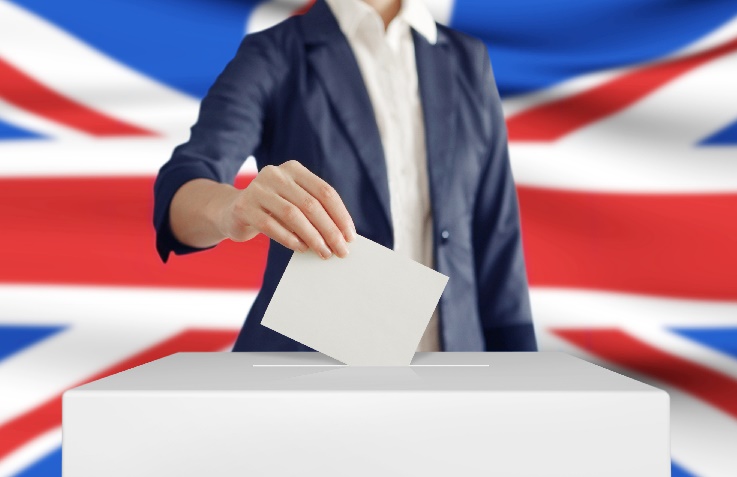For the Brits, it is election time again! Prime Minister Theresa May announced this week that the UK will go to the polls in a general election on June 8—not even one year since the country’s referendum on EU membership and barely two years since the last UK general election, when the Conservative Party won a surprise majority. The next general election had not been scheduled to take place until 2020. British consumers may well feel a sense of voter fatigue, but will the election impact their spending habits? We address that question in this week’s note, and consider the state of the British consumer more broadly.
Impact on the Consumer
Political uncertainty is never good for consumer sentiment—and, in turn, the retail sector—because many shoppers are tempted to postpone discretionary purchases until they have greater clarity and confidence. So, in theory, a general election may soften discretionary consumer spending in the UK.
In practice, however, any impact from the 2017 election will be very limited, in our view, for three reasons:
- First, the opinion polls leave little scope for uncertainty as to the result of this election, having consistently pointed to a substantial majority for the ruling Conservative Party. This eliminates much uncertainty as to future policies.
- Second, the UK has already been through the bigger shock of the EU referendum and its result, with no detrimental effect on consumer spending. In fact, the Brexit vote was followed by a mini boom.
- Third, with just seven weeks until Election Day, any impact of the early election would be brief.
What Is the State of the British Consumer?
The election may well mark a shift from a period of buoyant consumer spending to one of slightly squeezed discretionary spending. In the past year, British consumers have enjoyed robust economic growth, record employment levels, low inflation and sustained, though modest, wage growth.
As we chart below, however, the gap between price inflation and wage increases has narrowed sharply as automotive fuel prices have jumped and the pound’s depreciation has partly fed through to shop prices. Any continuation of the trend will erode shoppers’ spending power.
UK: Wages and Prices (YoY % Change)

Wages through February 2017; Prices through March 2017, Source: Office for National Statistics/Fung Global Retail & Technology
Despite the possibility that the trend will continue, we are not pessimistic on the outlook for consumer spending this year, for two primary reasons. First, ultralow interest rates mean consumer credit remains exceptionally cheap, and British shoppers have long been willing to borrow in order to spend. Second, the impact on prices from the depreciation of the pound is a one-off rather than a sustained upward pressure. In addition, it is possible that the increase in fuel prices will slow as global oil prices move closer to leveling off.
So, although 2017 may be a tougher year for UK retail than 2016 was, we are optimistic that most British consumers will be able to ride out any temporary hit to their spending power.
Other pieces you may find interesting include: Deep Dive: UK Value Clothing Market—Pure Plays Drive Market Growth, Online Pure Plays and Supermarket Retailers Play Major Role in Driving Growth of UK Value Clothing Market, UK Monthly Retail Sales: A Return to Strong Growth in February 2017
Connect with us on social media:
